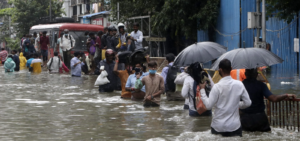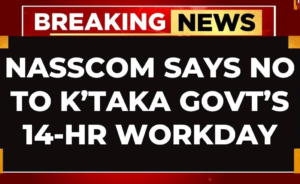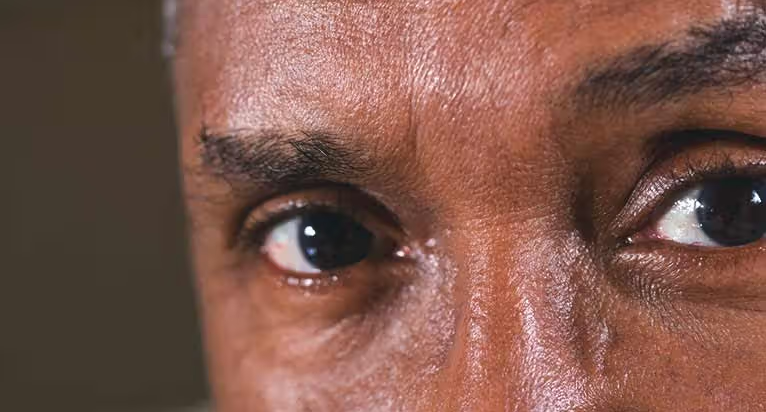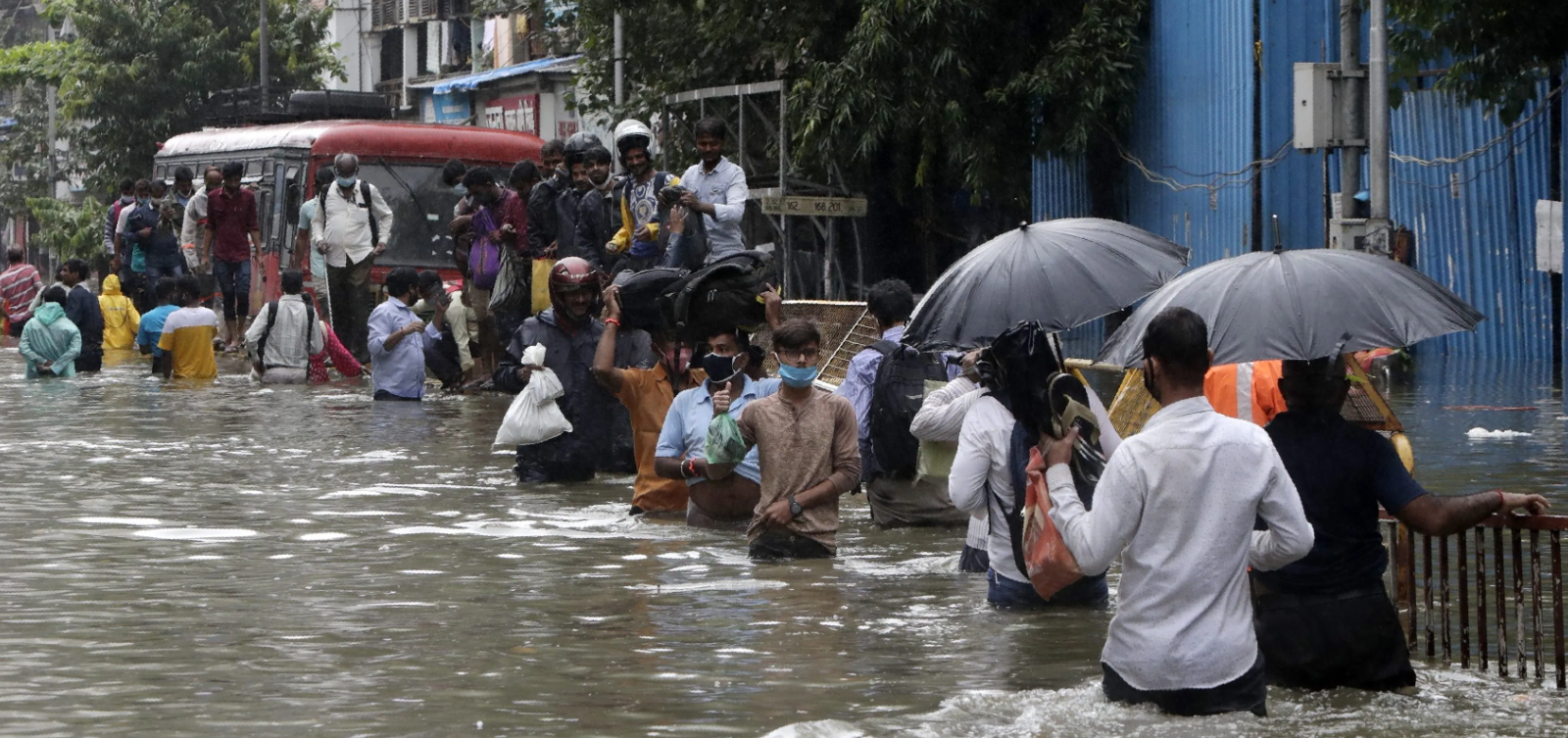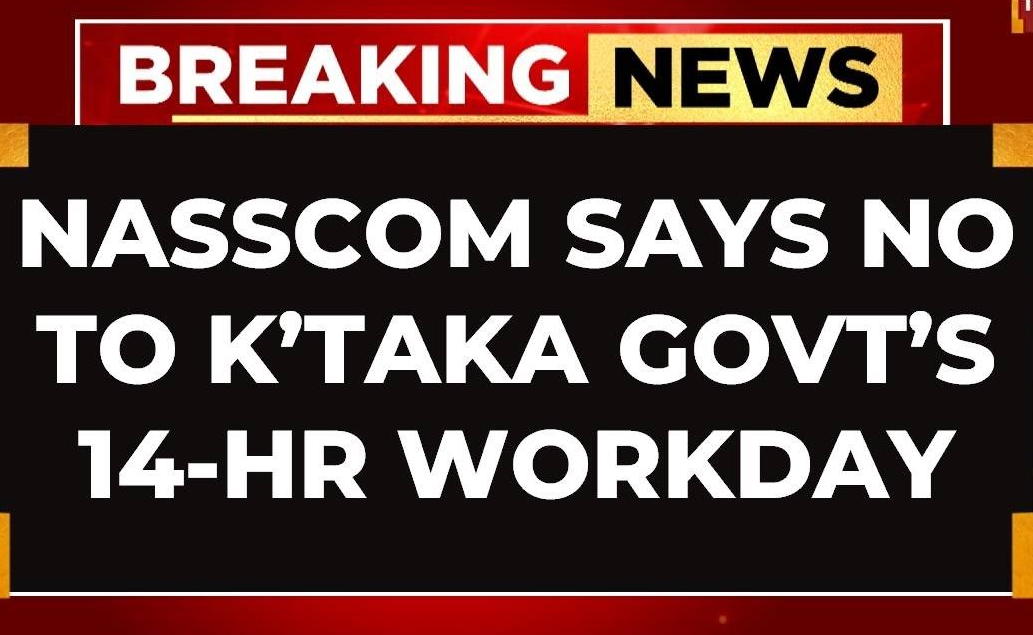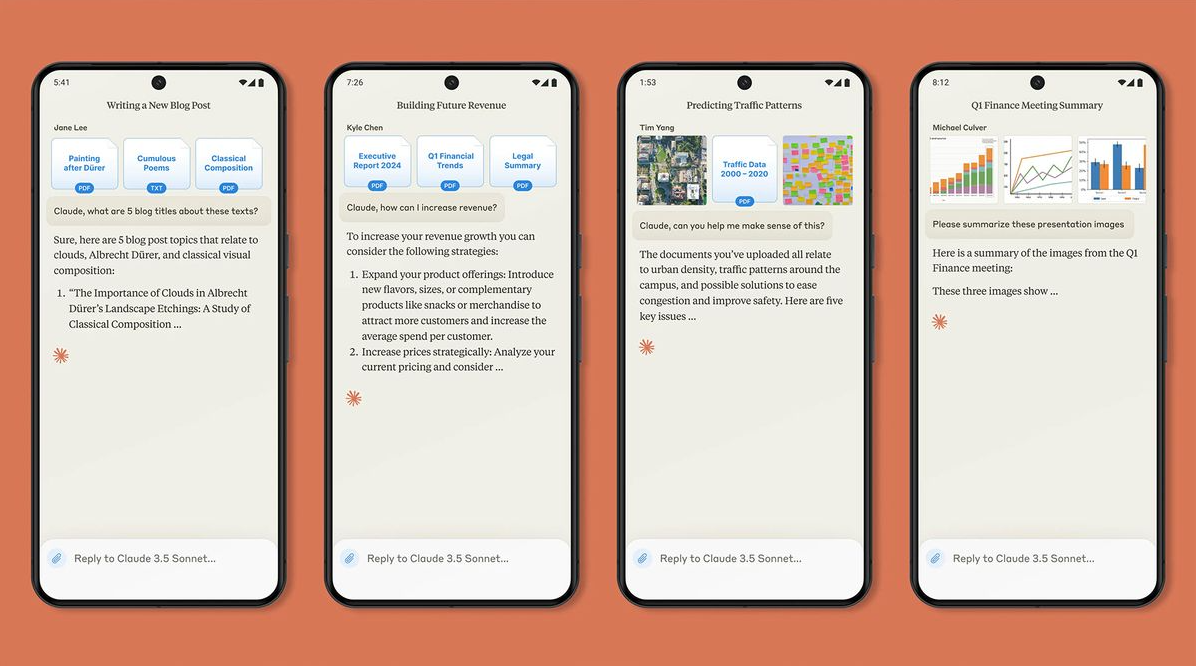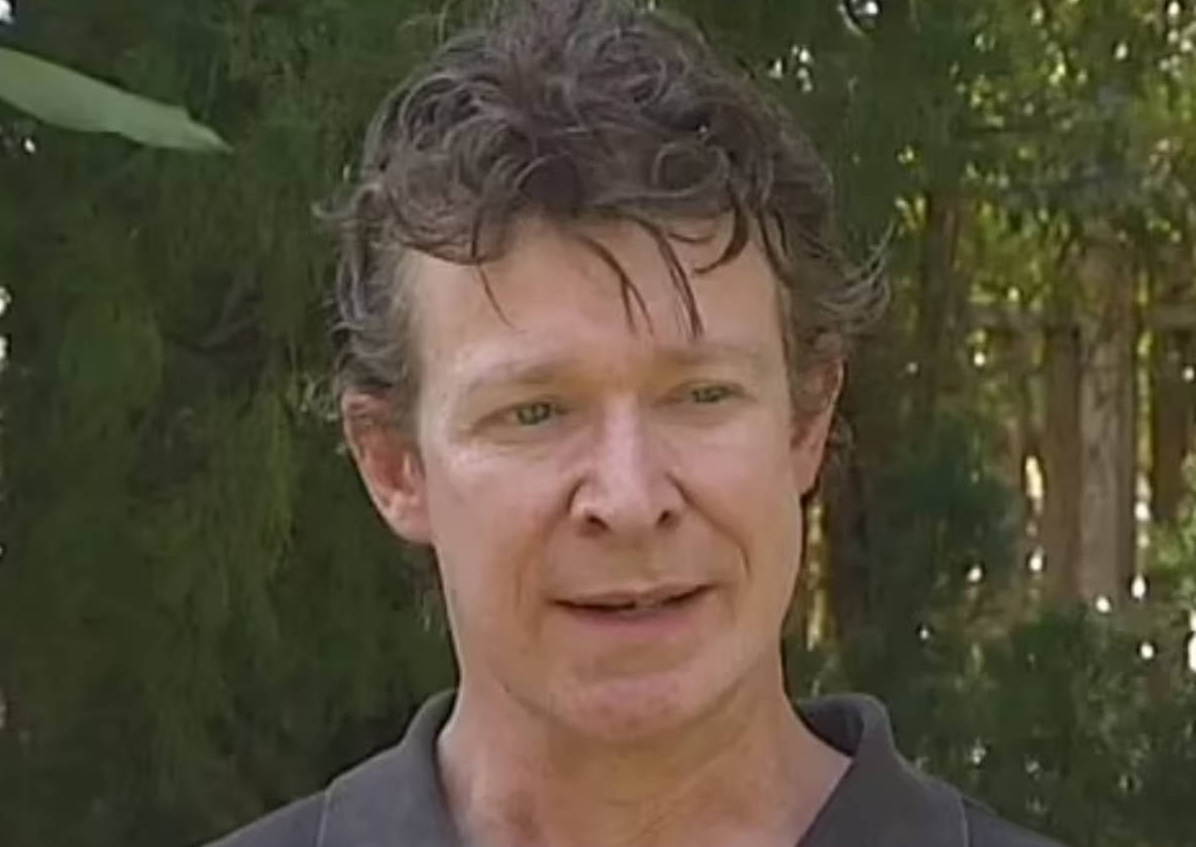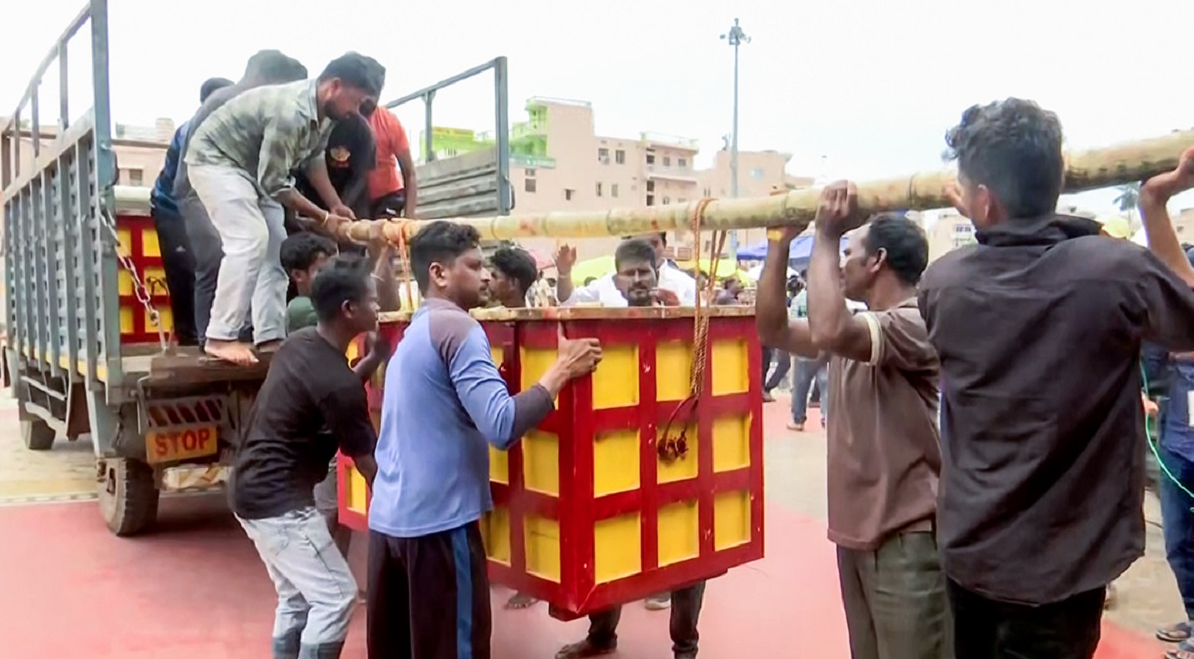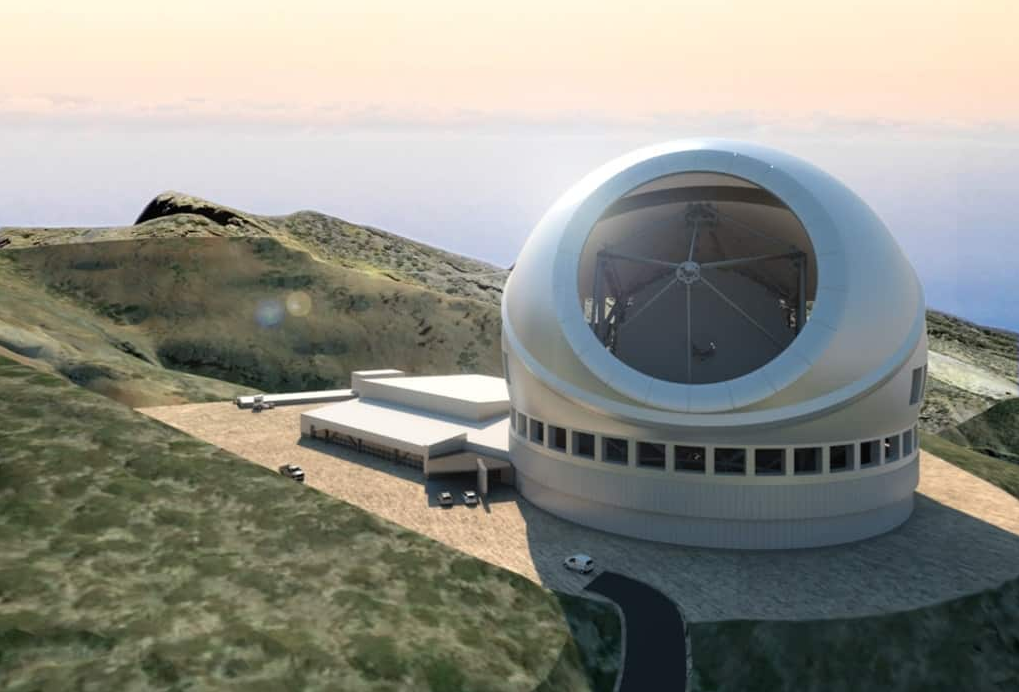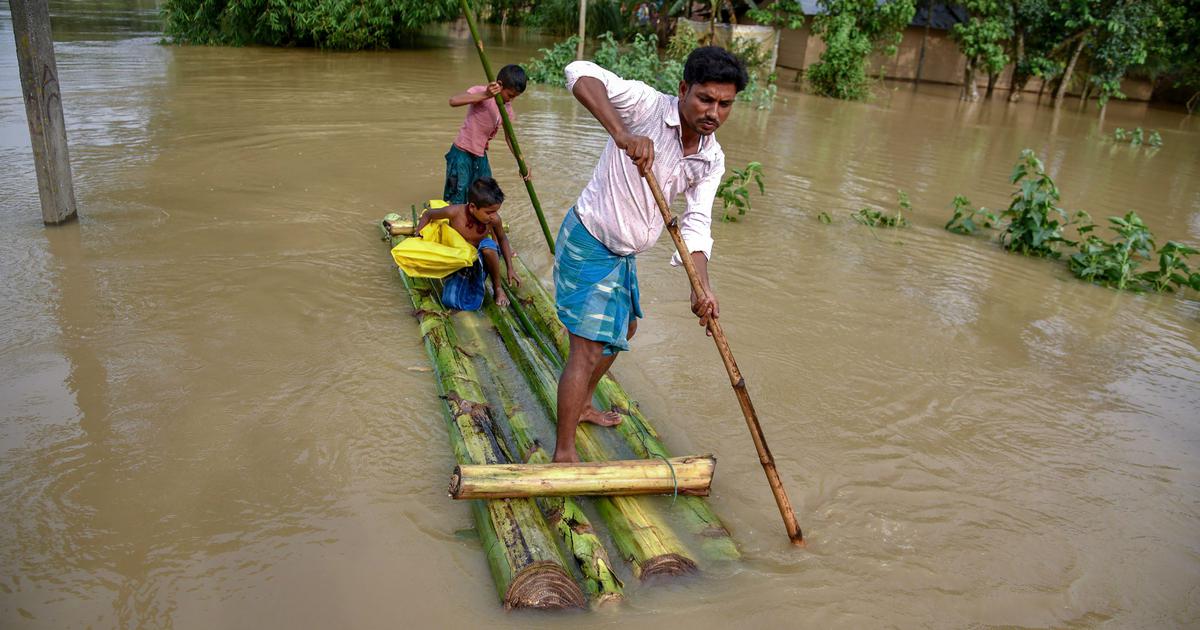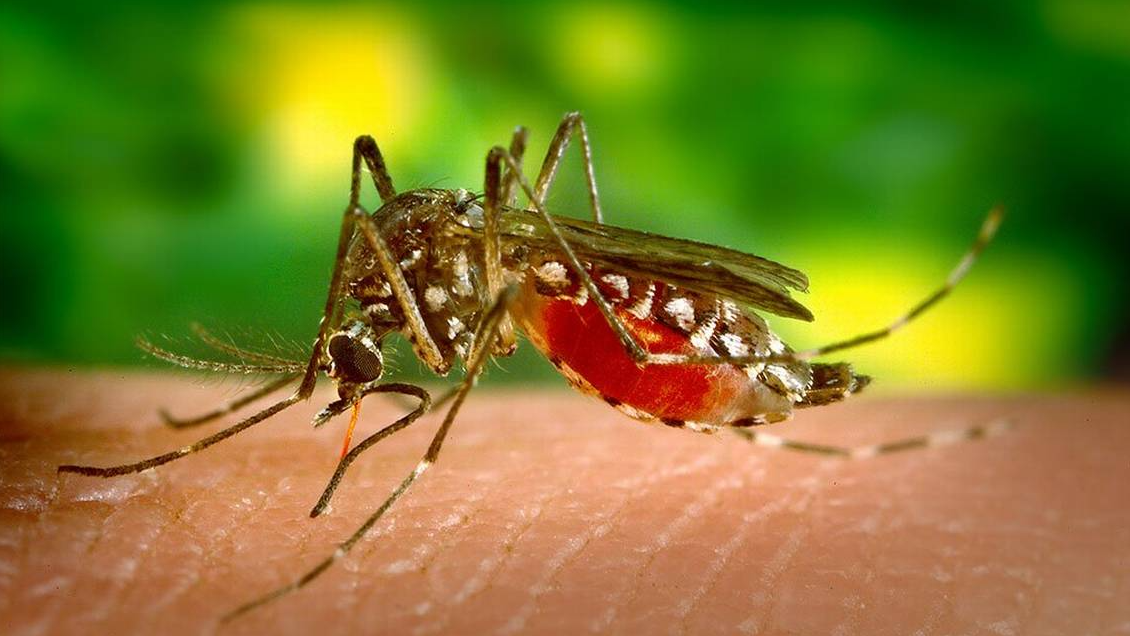At least 75 people have tragically lost their lives due to severe storms and flooding in south Brazil’s Rio Grande do Sul state since April 29, according to the Civil Defense agency. The situation remains critical, with more than 100 people still missing. Here are the key details:
- Mass Flooding: The heavy rains began across Rio Grande do Sul, forcing over 80,000 people to flee their homes. Approximately 15,000 people have sought refuge in schools, gyms, and other temporary shelters. Additionally, around 800,000 people are believed to be without access to clean water.
- Devastating Impact: Landslides, collapsed bridges, and roads transformed into rivers have wreaked havoc throughout the state. In some areas, 11.8 inches (30 cm) of rain fell in less than a week.
- Historic Flooding: The Brazilian Geological Service reports that water levels in certain cities are at their highest in 150 years. State governor Eduardo Leite described the situation as unprecedented and emphasized the need for significant reconstruction efforts.
- Climate Change Connection: Scientists attribute the intensified weather patterns to climate change. The state’s geographical location between tropical and polar atmospheres has led to alternating periods of intense rains and droughts.
- Previous Disasters: Last September, heavy rains caused floods that killed more than 50 people in the same region. Prior to that, persistent droughts occurred due to the La Niña phenomenon2.
- International Attention: Pope Francis mentioned the devastation during mass at the Vatican, praying for the deceased and their families.
State authorities are grappling with the scale of destruction, and discussions about a recovery plan akin to a “kind of ‘Marshall Plan’” are underway. President Luiz Inacio Lula da Silva has visited the affected areas to assess rescue efforts and provide support.
As the search for missing individuals continues, Brazil faces a humanitarian crisis that demands urgent attention and solidarity from the global community.



